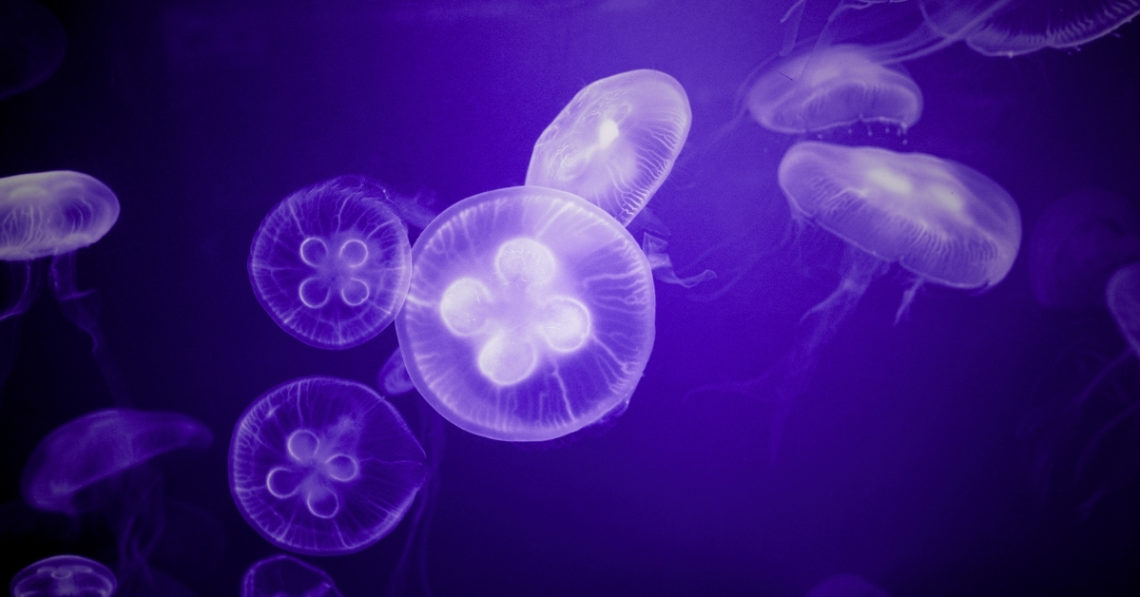Over 3,000 feet beneath the surface, amid the pitch-black and crushing pressure of the Arctic Ocean’s midnight zone, there exists a mystery involving jellyfish that has baffled researchers. Some jellyfish outright refuse to live in certain parts of the ocean, while others don’t mind living there at all.
A new study published in Deep Sea Research Part I: Oceanographic Research Papers has revealed that Botrynema brucei ellinorae, a jellyfish species that floats like a ghost through the deep, exists in two distinct forms.
One has a peculiar little knob on its hood, and one does not. No one knows why. The differences get a little stranger from there: the knobless ones just flat-out refuse to live below the 47th parallel north.
The Deep Sea Has a Weird Anti-Jellyfish Wall No One Can Explain
That’s not a hard wall, like a continental shelf or even a Game of Thrones-style ice barrier. It’s an invisible line across the North Atlantic, a kind of deep-sea velvet rope guarded by ocean currents and pressure systems.
Marine biologist Javier Montenegro and his team at the University of Western Australia found that, despite being genetically the same species, the knobless jellyfish won’t (or maybe can’t?) cross this line, even though their knobbed cousins are clearly down for the trip.
The researchers utilized nets and remotely operated underwater vehicles to explore the oceans, complemented by decades of ocean data and images. They consistently found that no knobless jellies dared drift south of the North Atlantic Drift. It’s like they were banned from that part of the ocean, and they are more than happy to abide.
This kind of divide is known as a faunal boundary, a line where ecosystems quietly agree to be different on each side. For instance, the Wallace Line in Southeast Asia separates monkeys from marsupials.
This Arctic version, though, is even sneakier because it’s deep underwater and mostly theoretical. However, it may be driven by environmental shifts in the ocean transition zone where boreal meets subtropical, possibly giving a competitive edge to knobbed jellyfish.
Maybe they’re just better equipped to survive predators or pressure changes? Again, all ideas suggesting why are just that—suggestions; theories that exist in the realm of the hypothetical.
The ultimate implication here is that we still don’t know what’s going on in the deep ocean, a thrilling prospect unto itself. There are still so many mysteries to unlock beneath the waves, shaping life in ways that we can only theorize about for now, or fill this information vacuum with fanciful fiction until we can safely supplant our fun nonsense with hard scientific fact.
We won’t know the answer to this until we either grow some gills. Or, maybe more realistically, develop better undersea robots to more carefully observe the Botrynema brucei ellinorae’s migratory patterns.
The post There’s a Mysterious Barrier in the Ocean That Jellyfish Won’t Cross appeared first on VICE.




